Messe Essen Celebrates the Conclusion of the First Construction Phase
A festive ceremony with around 500 invited guests from the political, economic, media and fair sectors took place at Messe Essen in order to celebrate the conclusion of the first p...
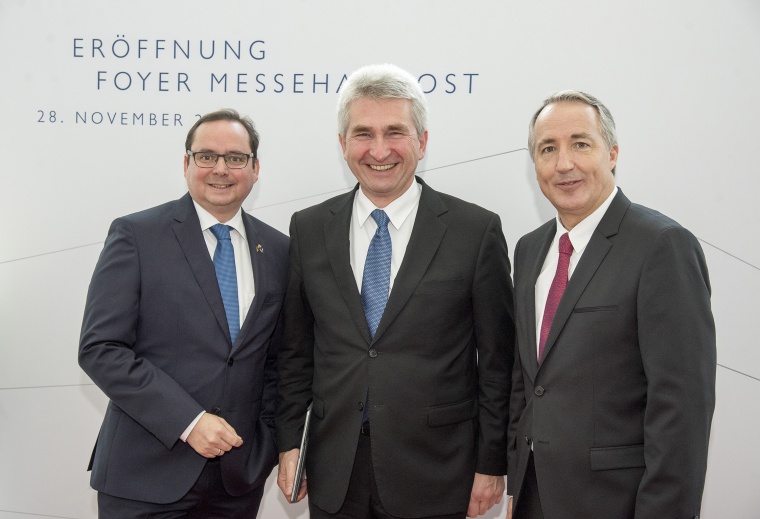
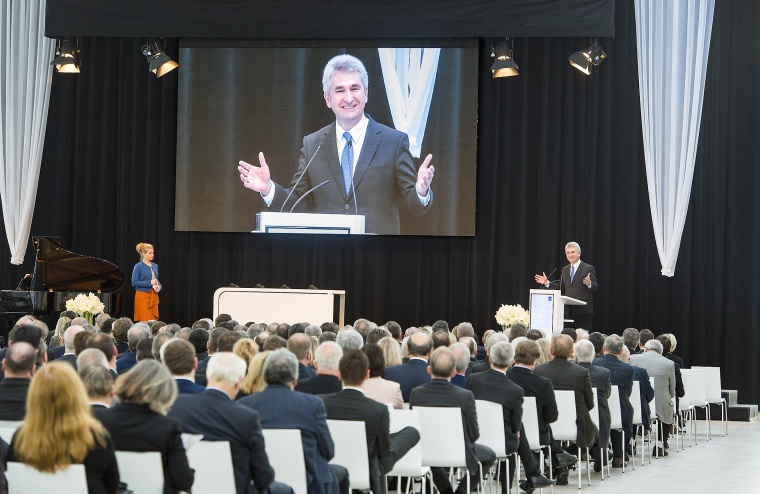
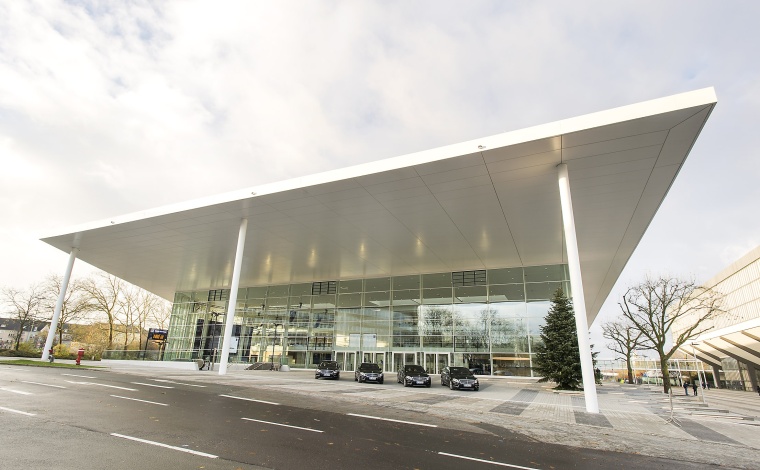
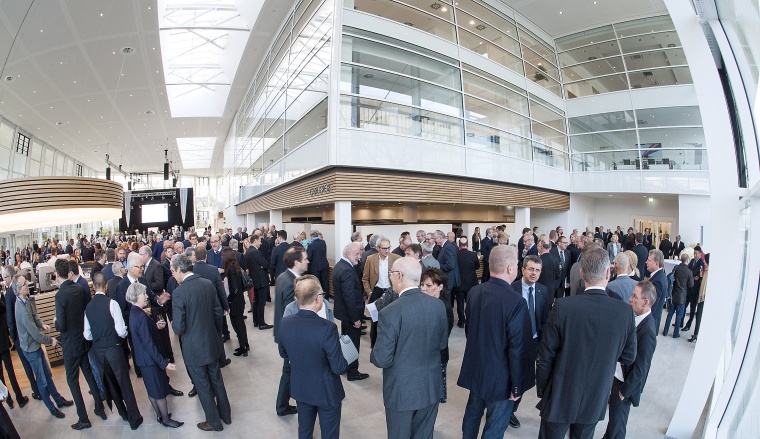
A festive ceremony with around 500 invited guests from the political, economic, media and fair sectors took place at Messe Essen in order to celebrate the conclusion of the first phase of the modernisation of the fair site right on time. With the opening of the new glass foyer which covers an area of 2,000 m² and has directly adjoining new congress rooms, the construction project started in May 2016 is reaching its most important milestone. The first half of the new Hall 6 which covers an area of 11,000 m² and offers a direct view into the Grugapark is going into operation at the same time. The North Rhine-Westphalia Minister for Economic Affairs, Prof. Dr. Andreas Pinkwart, personally congratulated the city and the fair company on its new architectonic landmark.
Around 2,300 tonnes of steel, 125 km of cables, 15,000 m² of mastic asphalt and 3,000 m² of tiles - these are just a part of the building materials which the general contractor, Implenia, has processed since the beginning of the construction work on May 2, 2016. Around one-and-a-half years after the start of the project, it is definite: Messe Essen has attained its stage objectives within the set time and budget frames as well as in accordance with the calendar of events. Reason enough to celebrate the successful conclusion of the first construction phase and the inauguration of the new East Foyer together with around 500 invited guests, customers and partners of Messe Essen.
"The new portal of the East Fair Building combines a high quality of stay and modern exhibition conditions. Thus, Messe Essen is safeguarding its future viability and is also providing stimuli for the economic location of North Rhine-Westphalia," was the summary made by Prof. Dr. Andreas Pinkwart, Minister for Economic Affairs, Innovation, Digitalisation and Energy of the State of North Rhine-Westphalia.
New Visiting Card of the City of Essen
One of the technically most innovative fair sites in Germany is now going into operation in Essen. Simple orientation, logistical flexibility and a modern infrastructure are meeting the most important demands of exhibitors, guest organisers and visitors. "With the new Messe Essen, we are sending a strong signal for the economic location of Essen," according to Thomas Kufen, Lord Mayor of the City of Essen and Chairman of the Supervisory Board of Messe Essen. "With Messe Essen's inviting new entrance with an open design, we are emphasising that we are happy to play host to people from all over the world. The new foyer is a new figurehead for our fair company and our city - one which is a sight to behold."
Clear Structures and Open Architecture as the Guiding Idea
The glass foyer in the East entrance area covers an area of around 2,000 m². From now on, it is serving as an inviting starting point into the day at the fair and is linked directly to the underground railway by its distinctive, deep-projecting canopy. As a result of its spacious architecture flooded with light, it is also suitable as an independent event location.
From the foyer, there is direct access to the new East Press Centre and to the new conference rooms in the East Congress Centre which are all equipped with ultramodern event technology and are connected with the Grugahalle via the transparent fair bridge.
From the foyer, visitors can also walk directly into the fair halls which are being restructured in the course of the modernisation. Thus, 18 sometimes small-scale and, in part, two-storey halls until now are being turned into a total of eight large halls on one level. That will simplify the orientation and the logistics and will offer totally new possibilities for booth construction. The area balance of 110,000 m² will be retained upon the conclusion of the modernisation, too.
Planning Assumptions of the First Construction Phase Fulfilled Completely
The prerequisite for ensuring that it was possible to conclude the first construction phase on schedule with ongoing fair operations was the meticulous definition of the individual steps in the construction process and their coordination with the calendar of events. "I am very pleased that we have fulfilled the planning assumptions of the first construction phase completely as far as not only the schedule but also the finances are concerned," was the comment made by Oliver P. Kuhrt, CEO of Messe Essen. "All in all, the conversion planning precisely right down to the day and the professional cooperation between our Messe Essen team and the external specialists have paid off. My thanks go to everybody involved and to our customers and visitors for their patience."
The Next Steps
Until the late summer of 2018, the next construction section will now be dedicated to the demolition of Halls 4, 4A and 5. The southern part of the new Hall 6 will be created in their place. Then, the exclusive Guest Club with its own entrance and a separate access road will also be accommodated here. The technical modernisation of the halls in the northern part of the site will take place at the same time. The conclusion of the overall project with an investment volume of around Euro 90 million is scheduled for the autumn of 2019.
Business Partner
Messe EssenMesseplatz 1
45131 Essen
Germany
most read

Hochiki Fire Detection System Secures Villa San Carlo Hotel
Wireless and hardwired fire alarm systems can be specified in hotel projects that demand architectural sensitivity
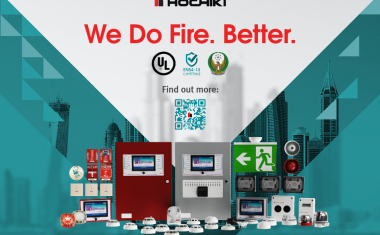
Hochiki Middle East Brings Over 100 Years of Fire Safety Expertise to Intersec Saudi Arabia 2025
Hochiki Middle East exhibits at Intersec Saudi Arabia 2025

Ping Identity Strengthens Defense Against AI-Driven Impersonation with Privacy-Preserving Biometrics
Ping Signs agreement to acquire Keyless, expanding privacy-first authentication across the entire user journey
Media Kit 2026 GIT SECURITY International
Advertise with the international number one - with GIT SECURITY International. Media kit 2026 for download.
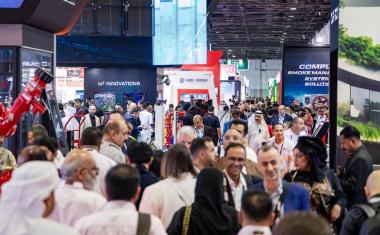
Intersec Dubai 2026
Intersec 2026 expands to meet record demand and align with UAE’s vision for a safer future









